________________________________________________________________________________
Compact Track Loaders / Bobcat Compact Track Loaders / Bobcat T300Bobcat T300 Track Loader Troubleshooting

The Bobcat T300 compact track loader driveline system components: a 202.5 cu.in (3.3L) Kubota V3300-DI-T 4-cylinder turbocharged liquid-cooled diesel engine with a rated power of 80.8 hp (60.3 kW), and one-speed hydrostatic transmission. The hydraulic system has a pump with a rated capacity of 18.7 gal/min (70.8 l/min). The system pressure is 3300 psi (227.5 bar). The Bobcat T300 is equipped with hydraulic disc brakes and rubber tracks with steel inserts. The compact track loader has a boom lifting force of 6100 lbs (2770 kg) and bucket breakout force of 6000 lbs (2725 kg). The rated operating capacity is 3000 lbs (1360 kg), and tipping load is 8570 lbs (3890 kg).
Engine Troubleshooting
Engine hard to start or won't start
Air in the fuel lines - Bleed the fuel lines.
Fuel filter element clogging - Clean or change the filter.
Fuel injection nozzles are clogged or faulty - If necessary, replace with a new nozzle.
Dirt or water in fuel system - Drain water or flush dirt from the system.
Incorrect valve clearance - Adjust to proper valve clearance.
Faulty fuel injection pump - Rebuild or replace pump.
Diesel starts but stalls suddenly
Clogged air filter - Change or service air filter element.
Fuel filter element clogging - Install new filter element.
Fuel injection pump is leaking - Repair any leaks.
Fuel injectors are faulty or clogged - Replace or clean fuel injectors.
Fuel injection pump is faulty - Change or repair the pump.
Engine stops suddenly during operation
Coolant temperature is low - Warm up to required temperature.
Fuel filter element is clogged - Clean or replace the filter.
Air in the fuel lines - Bleed the fuel lines.
Faulty or dirty injection nozzles - Inspect nozzles and replace if necessary.
Improper setting of fuel injection pump timing - Set it up as required.
Engine stalling at idle
Low idle speed adjustment is incorrect - Adjustment required.
Damaged fuel injection pump - Install a new fuel pump or repair.
Fuel injector fault - Change or clean fuel injectors.
The valve clearance is not adjusted - Need to adjust valve clearance.
Engine power is too low
Air filter is plugged - Change or service air filter element.
Fuel injection nozzles are damaged or dirty - Check and replace nozzles if required.
Uneven fuel injection pressure - Check the fuel injection pressure and adjust if necessary.
Valve clearance is wrong - Correct valve clearance needs to be set.
Low idle speed adjustment is incorrect - Correct low idle settings.
Fuel lines or hoses clogging - Clean fuel lines and hoses.
Defective cylinder head gasket - Gasket should be replaced.
Piston rings are leaking or defective - Install new piston rings.
Engine overheated
Low coolant level - Top up coolant fluid and check system for leaks.
Not enough engine oil - Need to add engine oil.
Faulty radiator cap or dirty radiator fins - Clean radiator or replace cap.
Fan belt is worn or faulty - Replace as required.
Diesel engine is overloaded - Reduce load on the engine.
Oil pressure is insufficient
Low crankcase oil level - Checking oil level and add if necessary.
Engine oil filter is plugged - Replace or service engine oil filter.
Wrong oil viscosity - Use oil of correct viscosity.
Incorrect oil clearance in main bearing - Bearings need to be reinstalled.
Worn oil pump - Repair or change.
Engine noise or knocking
Insufficient engine oil - Need to add engine oil.
Engine not warmed up - Warm up the engine.
Timing of fuel injection pump is incorrect - Adjust fuel injection pump as required.
Low idle speed adjustment is incorrect - Adjust low idling as recommended.
Fuel injectors are dirty or defective - Test and replace fuel injectors if necessary.
Connecting rod is defective or misaligned - Alignment procedure or replacement is required.
Pistons are broken or worn - Pistons need to be replaced.
Drive system сan't work in either direction
Insufficient hydraulic fluid - Checking hydraulic fluid level and add if necessary.
Track mechanism is defective or jammed - Repair or remedy jamming.
Relief valve is damaged or worn - Rebuild or install a new relief valve.
Plugged hydraulic filter or suction line - Service suction line or change hydraulic filter.
Faulty hand or foot controls - Repair or change.
Drive motor or pump failure - Inspect and replace as necessary.
Machine won't drive straight or drives jerkily
Track mechanism is defective or jammed - Fix jamming or repair tracks.
Tracks are worn or improperly tensioned - Adjust track tension as required or replace tracks.
Track frame is blocked with debris, dirt, or foreign objects - Remove debris or clean track frame.
Loss of power
Hydraulic oil filter is plugged - Replace or clean hydraulic filter.
Open or damaged relief valve - Replace or close relief valve.
Worn or defective transmission parts - Inspect and change defective parts.
Stuck input drive shaft - Replace or service the drive shaft.
Air in the hydraulic system - Bleed air from hydraulic system.
Drive system overheating
Insufficient hydraulic fluid - Check and refill the hydraulic fluid.
Hydraulic fluid filter is clogged - Change hydraulic filter.
Worn or damaged relief valve - Change or repair defective relief valve.
Drive pump or hydraulic motor is damaged - Repair or replace faulty component.
Dirty oil cooler - Cooling fins should be cleaned.
Drive system overload - Load should be reduced.
Drive system makes excessive noise
Improper oil viscosity - Use oil of correct viscosity.
Air in the hydraulic system - Need to bleed air.
Hydraulic motor or drive pump is worn - Change or repair faulty component.
Mechanical components of drive system are worn - Check the components and change if necessary.
Hydraulic system overheated
Hydraulic pressure is not adjusted correctly - Correct adjustment is required.
Main relief valve improper adjustment or failure - Adjust or replace the relief valve.
Hydraulic oil is dirty - Fill up with fresh hydraulic oil.
Hydraulic fluid level is low - Fill the hydraulic system with oil.
Hydraulic pump is worn - Repair or replace pump if necessary.
Boom cannot be lowered or raised
Damaged lift controls - Inspect and repair if necessary.
Hydraulic pump malfunction - Install new pump or repair it.
Faulty hydraulic control valve - Repair or replace hydraulic valve.
Faulty hydraulic cylinder - Repair or change hydraulic cylinder.
Hydraulic fluid level low - Fill up the hydraulic fluid.
Bucket is not working
Damaged bucket controls - Repair or replace.
Hydraulic pump malfunction - Change or repair hydraulic pump if required.
Defective hydraulic control valve - Repair or replace the valve.
Bucket cylinder failure - Repair or install a new cylinder.
Hydraulic oil is insufficient - Need to add oil.
Slow bucket or lift arm action
Faulty hydraulic oil pump - Check the pump capacity and replace pump if required.
Hydraulic cylinder leaking - Change cylinder piston seals.
Hydraulic oil level low - Need to add oil.
Defective or not adjusted hydraulic control valve - Repair or set properly.
Low hydraulic pressure - Adjust pressure correctly.
Bucket or boom jerks when working
Air in hydraulic system - Bleed air from hydraulic system.
Hydraulic oil filter clogging - Service or replace the hydraulic filter.
Hydraulic fluid is contaminated - The fluid must be changed.
Cylinder rod or tube is scuffed - Change failed component.
Hydraulic pump is noisy
Hydraulic system leaking or not enough oil - Top up hydraulic oil or remedy leakage in system.
Hydraulic filter is dirty - Service or change hydraulic filter.
Suction line clogging - Suction line needs to be cleaned.
Air trapped in hydraulic pump - Need to bleed air.
Pump components are damaged - Change or rebuild pump.
Battery does not charge
Corroded or loose wire connections - Service or tighten connections.
Faulty battery terminal clamps - Change terminal clamps.
Dead cell in battery - Use a new battery.
Defective or loose belt - Belt needs to be adjusted or changed.
Starter cranks slow
Low battery voltage - Battery is drained, recharge it.
Battery does not hold charge - Service battery or replace it.
Disconnected wires or corroded battery terminals - Check cable connections and replace or service terminals.
Starter is not cranking
Battery is low or faulty - Replace or charge as required.
Wiring is incorrectly connected or disconnected - Inspect wiring and connect correctly.
Battery power is low - Low battery charging, charge as required.
Defective starter motor - Repair or install a new starter.
________________________________________________________________________________
________________________________________________________________________________________
| BOBCAT SKID STEER AND COMPACT TRACK LOADERS |
________________________________________________________________________________________
________________________________________________________________________________________
________________________________________________________________________________________
________________________________________________________________________________________
| GEHL SKID STEER AND COMPACT TRACK LOADERS |
________________________________________________________________________________________
________________________________________________________________________________________
________________________________________________________________________________________
| CASE SKID STEER AND COMPACT TRACK LOADERS |
________________________________________________________________________________________
________________________________________________________________________________________
________________________________________________________________________________________
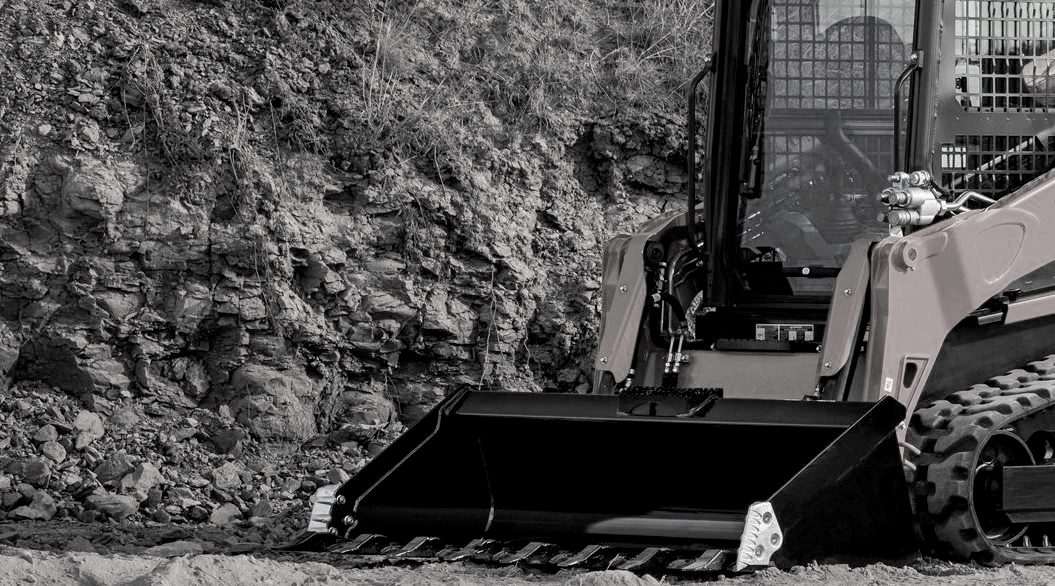
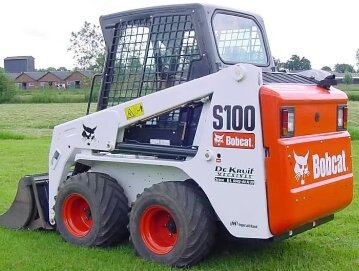 S100
S100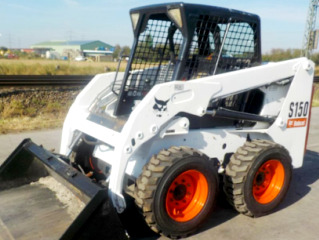 S150
S150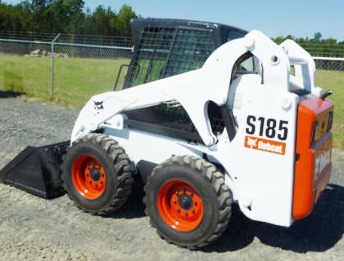 S185
S185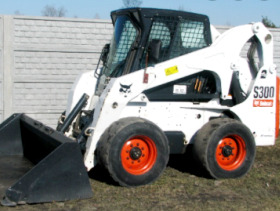 S300
S300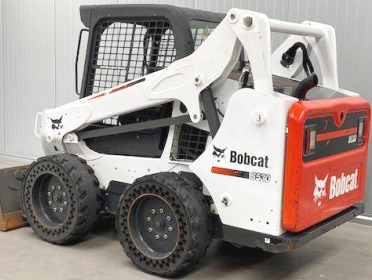 S530
S530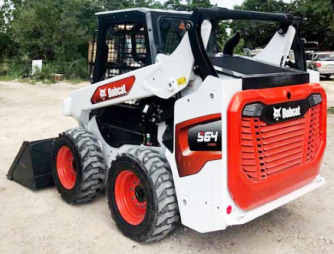 S64
S64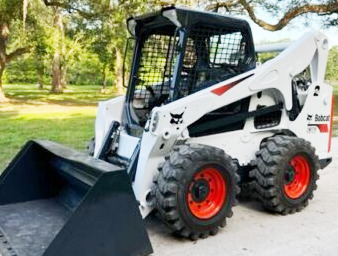 S740
S740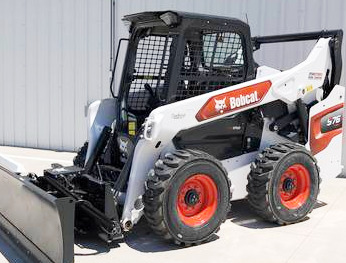 S76
S76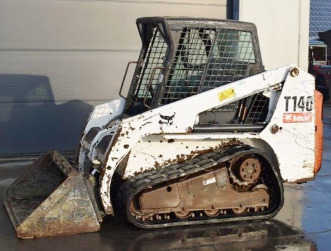 T140
T140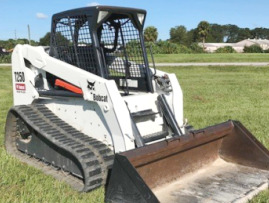 T250
T250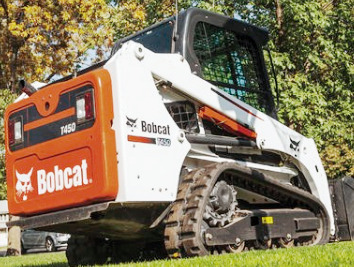 T450
T450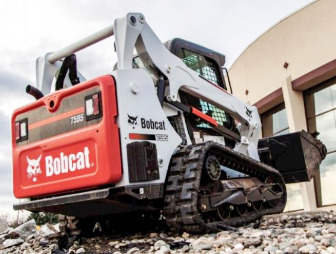 T595
T595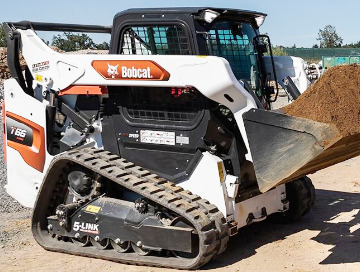 T66
T66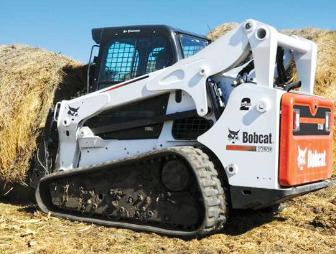 T750
T750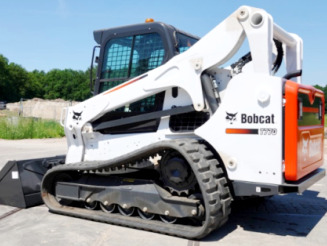 T770
T770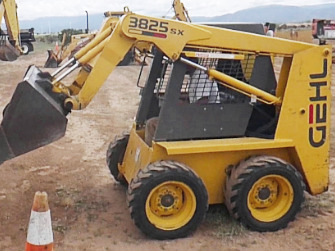 3825SX
3825SX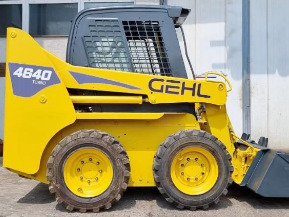 4640
4640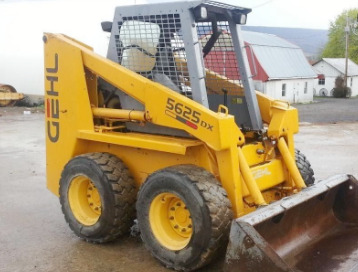 5625DX
5625DX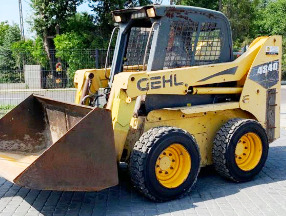 4840E
4840E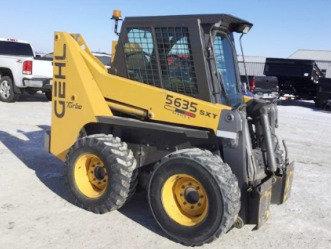 5635SXT
5635SXT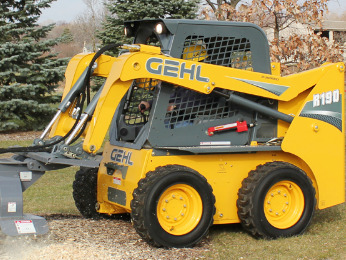 R190
R190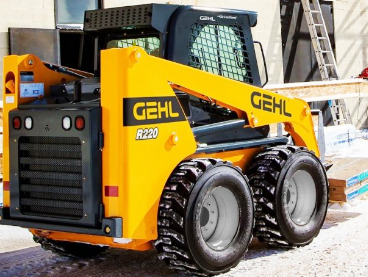 R220
R220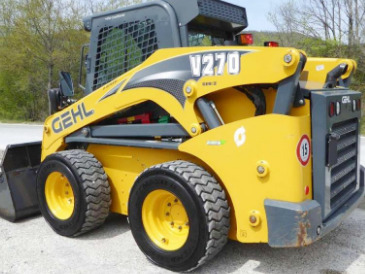 V270
V270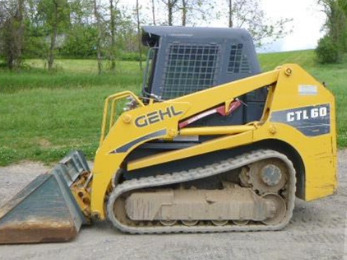 CTL60
CTL60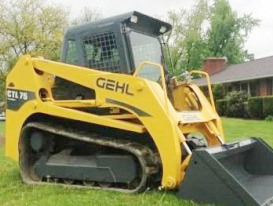 CTL75
CTL75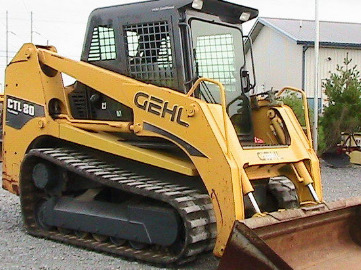 CTL80
CTL80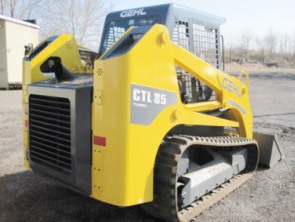 CTL85
CTL85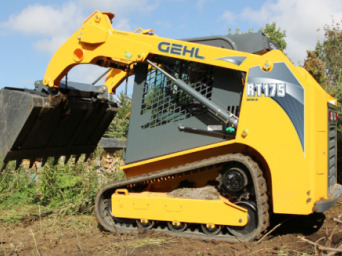 RT175
RT175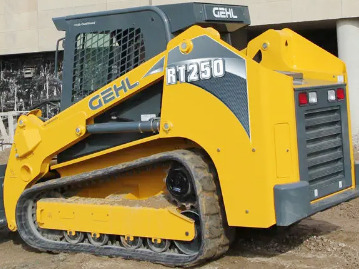 RT251
RT251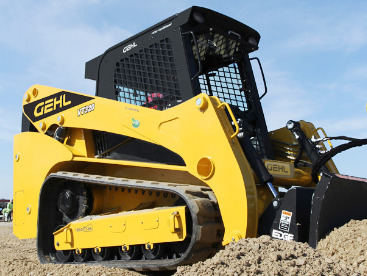 VT320
VT320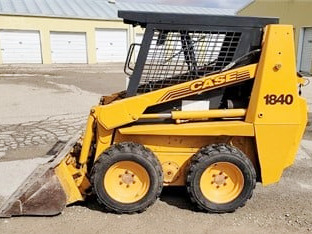 1840
1840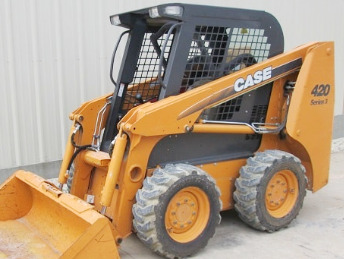 420
420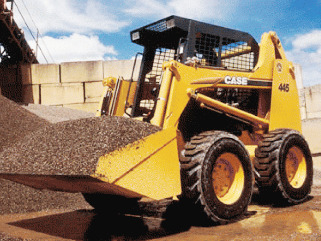 445
445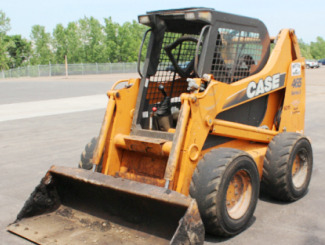 465
465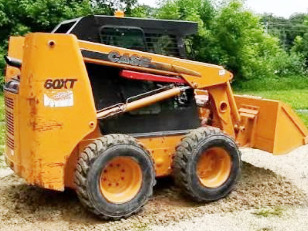 60XT
60XT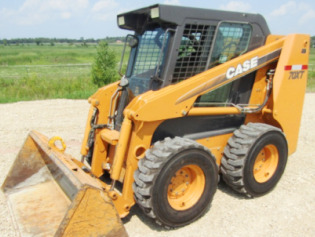 70XT
70XT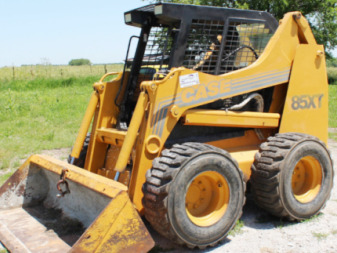 85XT
85XT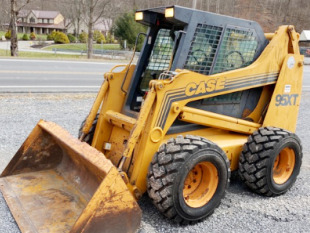 95XT
95XT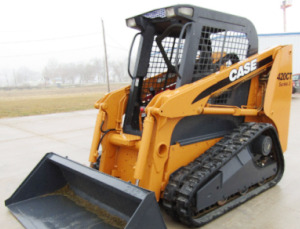 420CT
420CT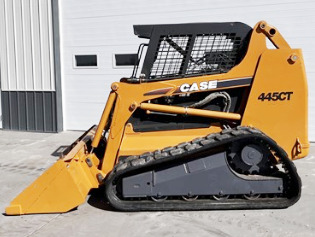 445CT
445CT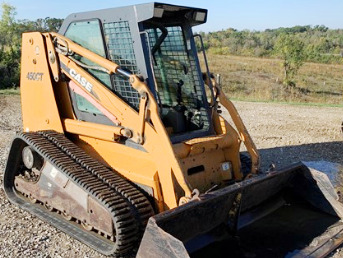 450CT
450CT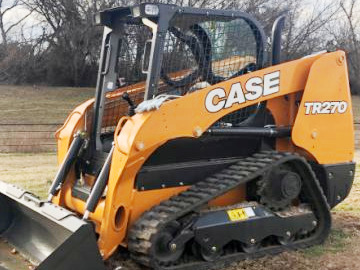 TR270
TR270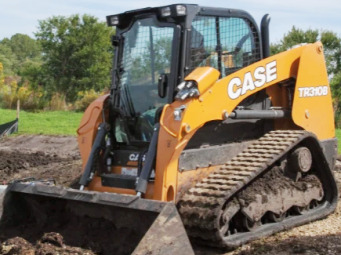 TR310B
TR310B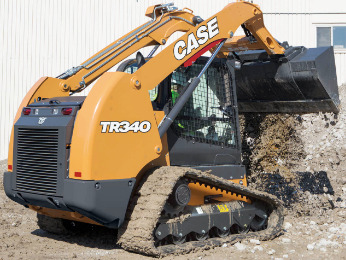 TR340
TR340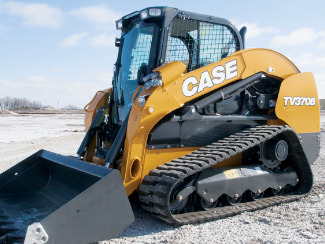 TV370B
TV370B